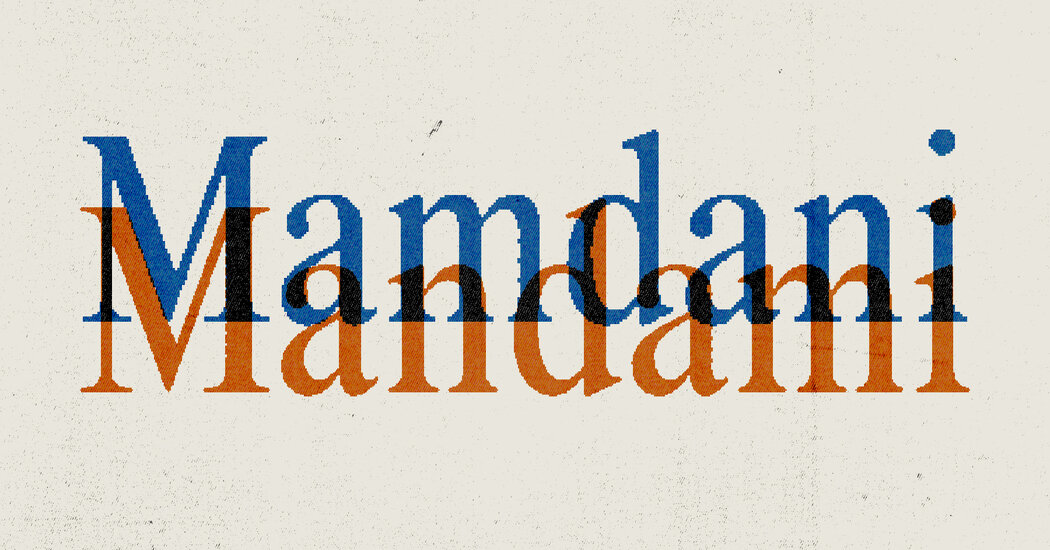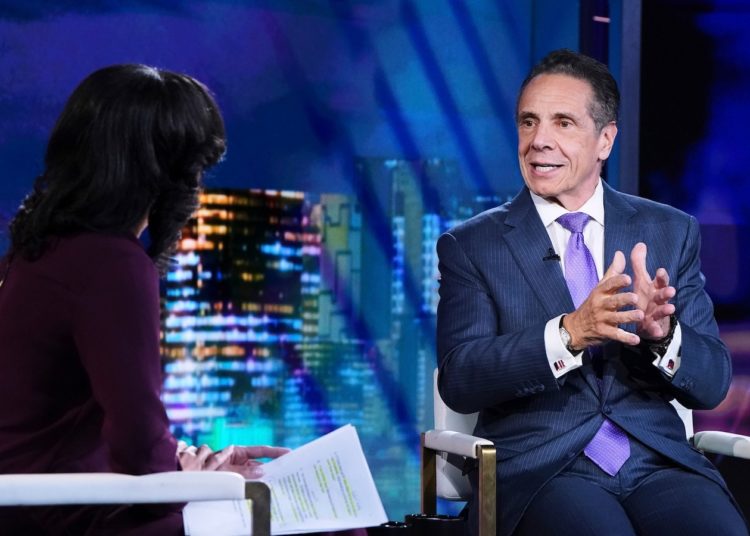Addressing a largely progressive crowd at a rally for the likely next mayor of New York City, the centrist governor, Kathy Hochul, was out of her element. But she didn’t do herself any favors by mispronouncing Zohran Mamdani’s name as “Mandami” — no fewer than four times. That’s on top of the many times she mispronounced it last summer.
She was in good company. Former Gov. Andrew Cuomo, who is also running for mayor, has uttered the same mispronunciation many times, including on the debate stage, where Mamdani tartly instructed him to “get it right.” The exchange, which went viral on social media, was manna for the Mamdani campaign, yet Cuomo has continued doing it. And so have plenty of other people, including many in prominent positions who could presumably have taken the time to overcome their error.
So the question has arisen as to why. Early in the campaign, when Mamdani was the longest of long shots, it was easy to assume that failure to learn his name reflected a failure to take him seriously. As his outsider bid gained momentum, the tongue-twisting was easier to read as deliberate incivility. Or perhaps it was outright racism, the same “otherizing” impulse that made some right-wing critics take such evident pleasure in articulating the “Hussein” in the name Barack Hussein Obama.
Mispronouncing someone’s name certainly can be a form of ridicule or dismissal. Take President Trump’s absolute insistence on calling his opponent in the presidential election “Ka-MAH-la.” You may have gotten a similar vibe when Karoline Leavitt, the White House press secretary, somehow came up with “Zamdami.” But malice is not the only possible explanation for these flubs.
Put aside the optics for a moment. As a matter of pure linguistics, it would be surprising if people didn’t have trouble with the name Mamdani. That’s because of its particular combination of sounds — and what’s known as assimilation, the process by which the way a sound is articulated is shaped to some degree by the sound that follows.
Bear with me for a moment as I get mechanical. The letter m is pronounced by putting the lips together, while the letter d is pronounced on the ridge right behind the teeth. If you’re anticipating a d sound, it’s natural to make the preceding m sound further back in the mouth, with the tongue on that same ridge. Try making an m with your tongue on that ridge. What do you get? An n. And thus “Mamdani” can become “Mandani.”
The post I Now Mispronounce You the Likely Next Mayor of New York City appeared first on New York Times.




